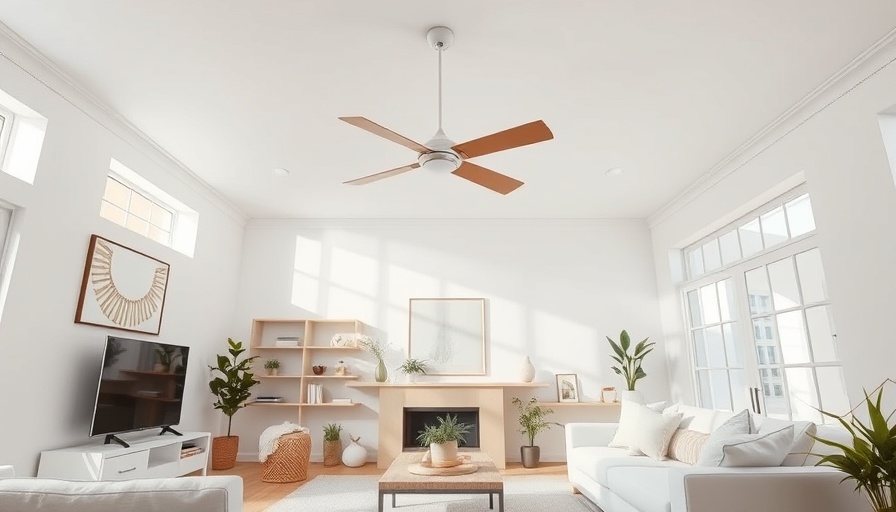
Refinishing Revolution: Speed and Cost-Effectiveness
When it comes to optimizing rental properties, speed and budget are paramount. For landlords, even one day of vacancy translates into lost income; thus, finding effective methods for property turnover is crucial. This is where refinishing surfaces in rental units becomes indispensable.
Rental properties often bear the brunt of heavy use, and over time, fixtures such as bathtubs, tiles, and countertops can look worn and outdated. Replacing these fixtures is not only expensive but can also extend turnaround times by weeks. Refinishing, on the other hand, offers a quick and cost-effective solution, allowing landlords to refresh their properties with minimal downtime.
The Speed Advantage: Turn Your Units Around in No Time
Efficiency is the name of the game in property management, and landlords often aim for a 3-7 day turnover window. A quick turnover means less lost rent. Refinishing can be done in just one day, with many surfaces ready for use within 24-48 hours. Unlike replacements that require extensive demolition and installation, refinishing involves minimal disruption and labor. This means that landlords can get their units back on the market faster, reducing vacancy losses significantly.
Visual Transformation without Breaking the Bank
Prospective renters are drawn to clean, modern spaces. A dated bathroom, for example, can deter qualified tenants. While replacing old fixtures can be financially prohibitive, refinishing provides an aesthetic upgrade at a fraction of the cost. Instead of spending thousands on new bathtubs or tiles, landlords can opt for refinishing, which can seamlessly match existing decor while transforming the look of the unit.
Lasting Benefits of Refinishing
Refinishing extends the lifespan of existing fixtures. Durable materials like cast iron or fiberglass don’t need to be replaced when they lose their shine; they simply require resurfacing to restore their original look. Landlords who invest in refinishing can save both time and money while enhancing their property's marketability.
Empower Your Rental Strategy
Understanding the benefits of refinishing equips landlords with invaluable insights into property management. By prioritizing quick and cost-effective solutions, property owners can not only maintain but boost their investment’s value.
 Add Row
Add Row  Add
Add 



Write A Comment